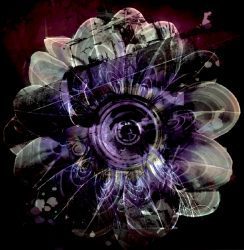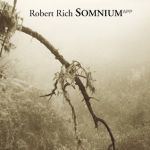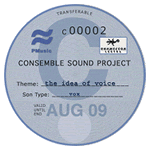Guy Birkin – Symmetry-Breaking
There are many different ways to create (and enjoy) ambient/electronic music.
On “Symmetry-Breaking” (Dr.!) Guy Birkin has an academic approach, bringing him and his music somewhat in line with that of music on the raster-noton label.
In his work for the Nottingham Trent University (UK), Birkin investigates ‘complexity as an aesthetic property, using information theory as an approach to understanding the complexity of artworks’
For his doctoral thesis he studied ‘visual complexity’, but his current research uses his experimental method to explore the complexity of sound and music.
The question is, of course: does an academic approach like this also produce academic (as in ‘difficult’) music?
After studying the liner notes and trying to get a grasp of the underlying theories and creation techniques, I was almost relieved to conclude that the answer to that is “No, not necessarily.”






